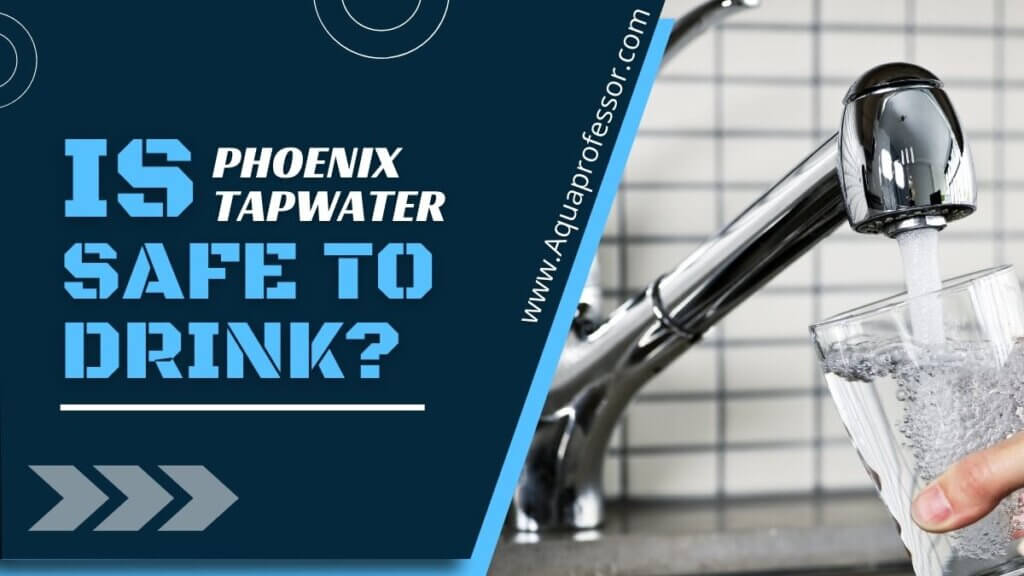
As an Arizona resident, are you sure of the purity of Phoenix’s tap water? Is Phoenix tap water safe to drink?
Here’s the truth:
Phoenix tap water is safe to drink as it meets all the federal requirements except one EPA violation recorded between April 2019 – June 2022 as per the Safe Drinking Water Act.
Curious to know what’s that violation and if it will result in any health-related illness or not. Then, continue reading, and we promise to provide authentic details about Arizona’s water quality.
Is Arizona Tap Water Safe to Drink? [Weird Taste Decoded]
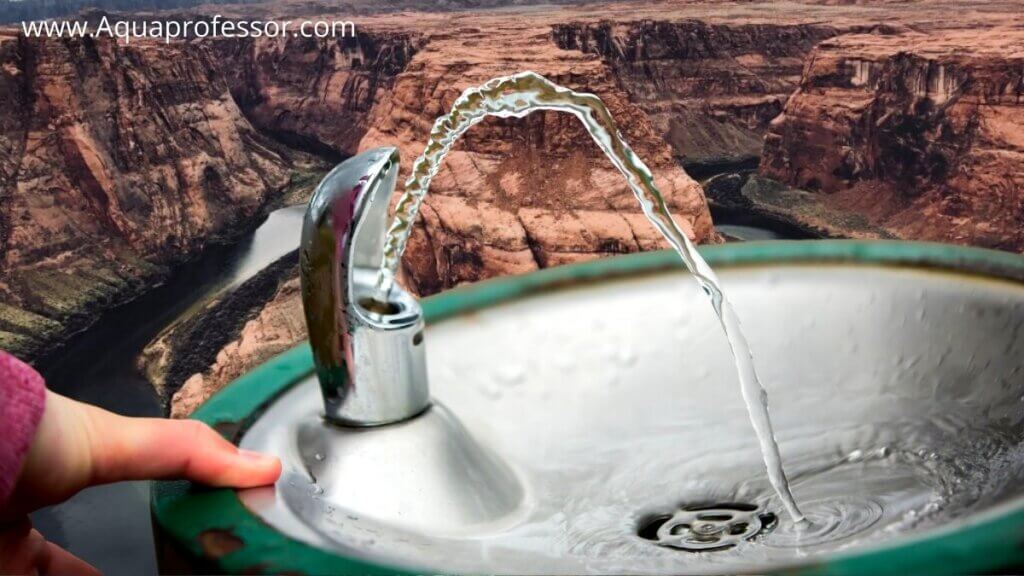
I talked with many residents of Phoenix and went through government websites to obtain detailed information on Phoenix’s tap water.
After going through a section of the official 2021 Phoenix Government Report, I got answers to all my questions.
With reference to the 2021 Phoenix Government Report, I am happy to share all information about the quality of Phoenix tap water with you.
Where Does Phoenix Residents Get Their Water From?
Phoenix gets its drinking water from various rivers, springs, wells, lakes, and streams of Phoenix. However, as per the 2021 government’s report, nearly 97% – 99% of Phoenix’s water reaching the residents of Phoenix arrived from the surface water initiated in the form of a snowpack.
The people of Phoenix get the untreated surface water primarily from the Colorado rivers, Verde and Salt. So, they are the primary source of Phoenix’s water. Also, the stored water in Lake Pleasant is the result of mixing Agua Fria river’s water with the Colorado river’s water. This water then goes to any one of the five popular water treatment plants.
The Central Arizona Project or CAP aqueduct delivers the Colorado River water to the city. The SRP or Salt River Project canal network delivers the Salt river’s or Verde river’s water. Apart from that, the city’s twenty groundwater wells deliver the remaining 2% water to various houses as drinking water.
How Does Phoenix City Purifies The Water For Its Residents?
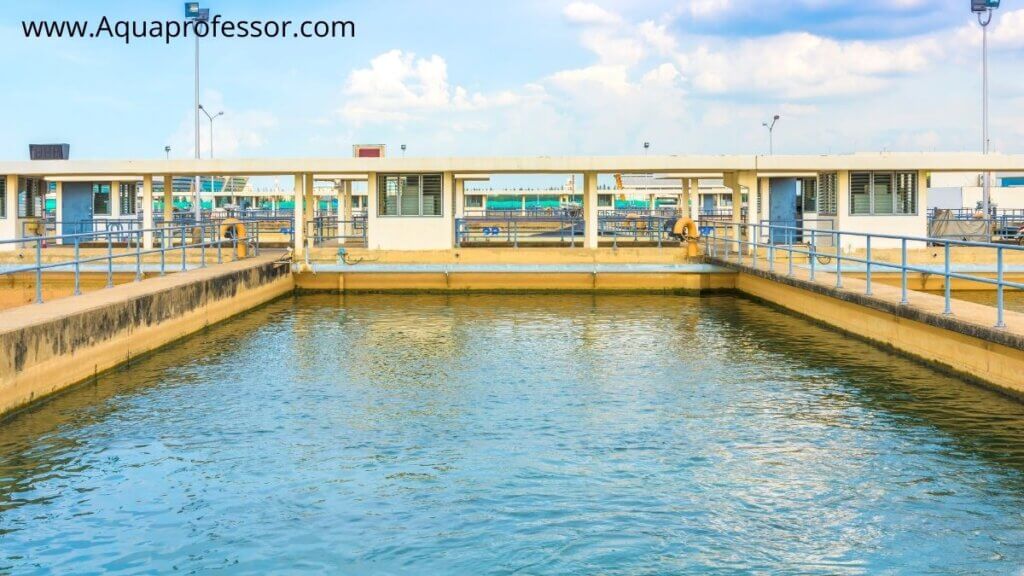
Phoenix City purifies the water for its residents through the following methods:
Also Read: Contaminants Detected In Florida's Tap Water
What Are Substances And Contaminants Found In Phoenix Tap Water?
The substances or contaminants found in Phoenix tap water are as follows:
Metals like lead and copper penetrate Phoenix’s drinking water system from corrosion, pipes, or household plumbing fixtures. In addition, other contaminants like arsenic, barium, chromium, fluoride, nitrate, Di (2-Ethylhexyl) Phthalate, and uranium also enter the drinking water in one way or the other.
Arsenic in water results from the erosion of biological deposits, running off from glass, orchards, or electronic production wastes. Barium enters the water because drilling residues or metal refineries’ residues are discharged into water. It also results from the erosion of biological deposits.
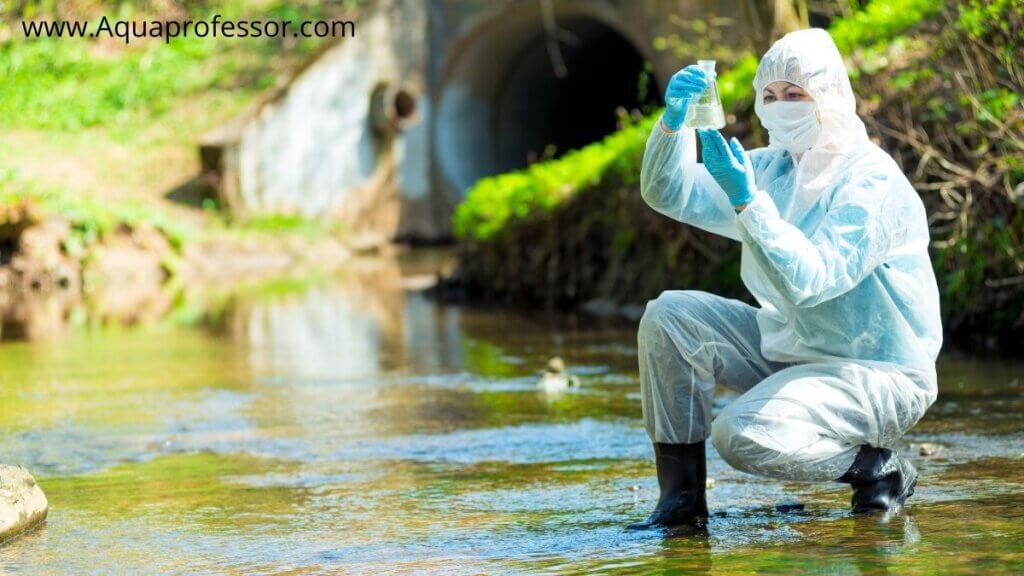
Chromium is added to the water from the steel or pulp mills’ discharge. Besides, the erosion of biological deposits also leads to the infusion of fluoride, uranium, and nitrate into water. Fluoride is also instilled into Phoenix water as a discharge from fertilizer or aluminum plants.
Also, the running off of fertilizer or sewage into the water and the leaching of septic tanks results in the emergence of nitrate in water. Di (2-Ethylhexyl) Phthalate flows into Phoenix’s drinking water from various rubber and chemical plants.
The city of Phoenix helps the Environmental Protection Agency (EPA) determine the unregulated contaminant occurrences in drinking water. Thirty substances, including manganese, germanium, organic carbon, and bromide, are declared by EPA as unregulated contaminants, and Phoenix monitors them every five years.
These thirty unregulated contaminants include nine cyanotoxins, one cyanotoxin group, two naturally occurring metals, eight pesticides, one pesticide manufacturing byproduct, three disinfection byproduct groups, three alcohols, and three semivolatile organic chemicals.
How Can Residents Solve The Problems Of Contaminants In Phoenix Water?
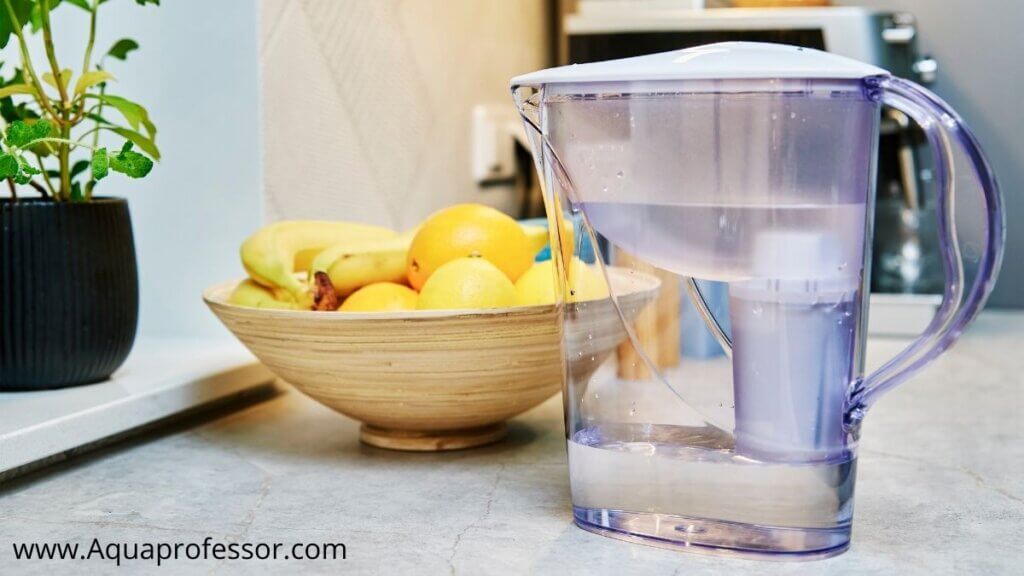
Though Phoenix’s tap water meets the water quality standards at the federal, state, and local levels and it is normally safe to drink, you can still do the following to solve the problems of contaminants in Phoenix’s water as an individual resident:
How Do Phoenix Authorities Regulate the Taste & Hardness of Water?
Phoenix water’s weird taste and odor are due to the growth of algae (during the summer season) in the canals. The Phoenix water services department removes the algae from the Phoenix water during their water treatment process.
They also arrange for various programs designed to eliminate the algae’s aesthetic effects. Such programs include a cooperative effort to remove algae from the canals, using activated carbon to absorb residual odors, etc.
Phoenix’s water is hard because of the presence of mineral deposits like calcium and magnesium in it. Therefore, the Phoenix authorities disinfect the entire water supply with chlorine before delivering it to the consumers because chlorine is a chemical disinfectant.
Besides using chlorine for water disinfection, they also use chlorine dioxide or ozone to treat Phoenix’s drinking water as disinfectants or oxidants. But, despite these efforts, the drinking water supply authorities advise the Phoenix residents to install water treatment systems in their homes to get fresh water free of contaminants.
That way, they can remain extra careful regarding their drinking water and control the fluoride, nitrate, and arsenic levels in their home water.
What Do The Numerous Water Quality Tests Show? (No Cryptosporidium Or Giardia)

The Phoenix authorities adhere to EPA’s Long Term Two Enhanced Surface Rule for water treatment which declares that large water systems in the city of Phoenix must be monitored monthly to detect Cryptosporidium (Crypto in short), if any, in their water.
After testing and monitoring for cryptosporidium (from April 2015 to March 2017), the authorities generally found no Cryptosporidium or Giardia in Phoenix’s source water. Only occasionally, very low levels of these microbes are detected in raw water, after which Phoenix’s water treatment plants treat them.
Also Read: Simple Ways To Soften Hard Water At Home
Critical Evaluation Of The Phoenix 2021 Water Quality Report:
The 2021 Water Quality Report of Phoenix shows the Phoenix tap water’s measured contaminant levels. According to the EPA, the contaminant levels in the tap water of Phoenix are acceptable. However, it doesn’t guarantee a good quality of tap water that is healthy. For example, the water can contain lead, arsenic, copper, etc., which may not be good for your health.
Recently, EPA has ordered the authorities there that Phoenix’s water must not contain lead more than 15ppb, though it has also set its ideal goal for this metal at zero. It has also issued its residents an Environmental Working Group-selected or EWG-selected health guideline.
The rules and regulations set by EPA continue to change with its advanced study on drinking water. It is presently re-evaluating arsenic, lead, and copper rules and has handed out a health advisory for Per- and polyfluoroalkyl substances (PFAS).
EPA advises common residents to look after Phoenix’s water quality reports on the levels of mineral deposits and mineral residues. It also advises them to go through the details about the drinking water contaminants cited in them.
This is because these minerals or other contaminants can inflict adverse health effects on the common people of Phoenix. EPA also asserts that the residents of Phoenix must take appropriate steps to test their home’s tap water and, if necessary, install water filters with a reverse osmosis filtration system in their houses.
Safe Drinking Water Act Violations In Phoenix Tap Water
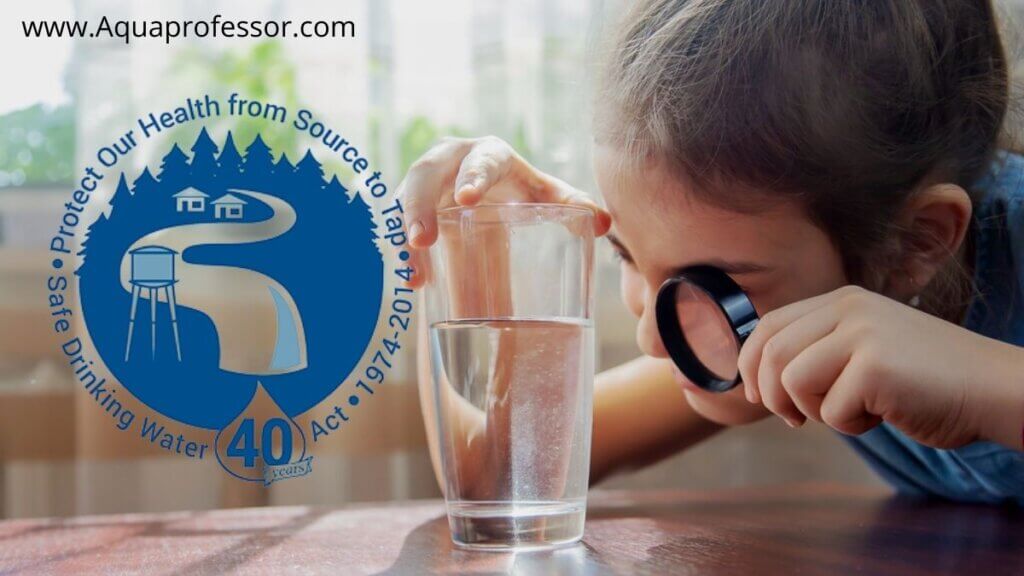
The drinking water quality report of EPA’s quality assessment test (January 2019 to March 2019) for the water of Phoenix clearly shows that the tap water Phoenix delivered by this water utility remains in compliance with the national health-based drinking water standards.
According to this report, the contaminants that exceed the guidelines of EPA are arsenic, chlorite, chromium, nitrate, uranium, radium%2C (combined), and total trihalomethanes. The other detected contaminants are 2%2C4-D, barium, bromate, chlorate, chromium, fluoride, haloacetic acids, molybdenum, strontium, vanadium, and xylenes.
When the levels of the contaminants prescribed by EPA exceed in the drinking water of the city or the authority fails to monitor and inform the common people on time, it violates the Safe Drinking Water Act (SDWA). The 1 health-based Safe Drinking Water Act violation was detected last in 2021 in Arizona’s Capital City, Phoenix, for the third time in the decade.
| Date Of Violation | Type Of Violation | Seriousness Of The Violation |
| 1st August 2014-31st August 2014 | Health-based violation of SWDA – Maximum Contaminant Level Violation Acute (TCR) | Though extremely serious, the issue is now resolved. |
| 1st October 2018 – 31st December 2018 | Non-health-based violation of SWDA – Arsenic | This violation problem would have been serious if the arsenic entered in large amounts into the public water systems, but now the issue is resolved. |
| 1st January 2021-31st January 2021 | Health-based violation of SWDA – Single Turbidity Exceed (Enhanced SWTR) – Microbials rules code | The violation is moderately serious, and the issue is now resolved. |
The first health-based violation happened on 1st August 2014-31st August 2014. It was a health-based violation of SWDA. The rule code for it was Total Coliform Rule (110), and the violation code was Maximum Contaminant Level Violation Acute (TCR) (21). Though the problem of violation was extremely serious, it is now resolved.
The second Safe Water Drinking Act violation occurred from 1st October 2018 to 31st December 2018. It was a non-health-based violation of SWDA. The rule code for it was arsenic (332), and the violation code was monitoring, regular (03).
It falls into the group of arsenic contaminant codes. This violation problem would have been serious if the arsenic entered in large amounts into the public water systems and hence, into the people’s drinking water. But, now the problem is resolved.
The third health-based violation happened from 1st January 2021-31st January 2021. It was 1 health-based violation of SWDA. The rule code for it was Long Term 1 Enhanced SWTR (122), and the violation code was Single Turbidity Exceed (Enhanced SWTR) 43.
It falls into the group of Microbials rule code. The EPA has sought Interim Enhanced Surface Water Treatment Rule (0300) for it. Though the problem of violation was moderately serious, it is now resolved.
The SDWA Violations Are Of Two Types
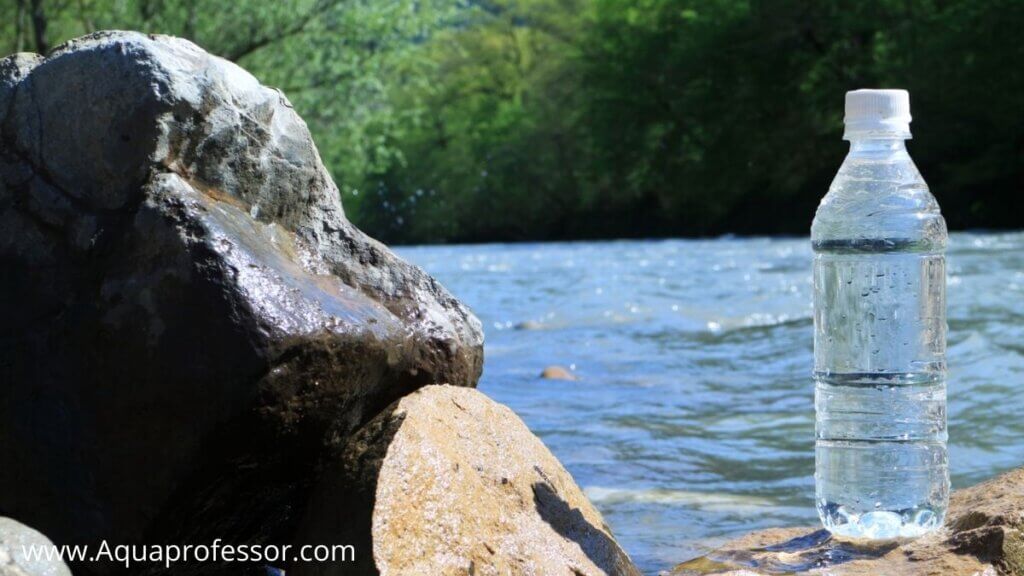
Health-Based Violations:
In these violations, the maximum contaminant levels and maximum residual disinfectant levels of water exceed. But unfortunately, there’s no exact process for decreasing the levels of contaminants in our drinking water.
Non-Health Based Violations:
These violations happen when the municipal water supply authorities fail to monitor the city’s drinking water quality regularly and submit the results on time. Apart from that, if authorities fail to alert their consumers immediately about any serious drinking water problem that threatens public health, it is also considered a violation.
The miscellaneous violations include the authority’s negligence in issuing annual client confidence reports or sustaining important records.
The health-based violations are generally more serious than non-health-based violations.
Various contaminants, like lead, arsenic, hexavalent chromium, or other harmful chemicals and metals, harm our health, especially if their levels in the drinking water increase. These toxic chemicals and metals cause a variety of diseases.
Long-term exposure to contaminated water (containing high levels of chromium hexavalent and arsenic) increases the risk of cancer or skin lesions. They also result in cardiovascular disease as well as diabetes.
These harmful substances in water also lead to increased blood pressure, decreased kidney function, and reproductive problems. Moreover, arsenic exposure has a negative impact on young children’s cognitive development.
Many young adults even can die because of increased arsenic in their bodies. These contaminants act fiercely in immunocompromised individuals and increase their potential risk of illness or death.
To prevent these common contaminants from entering their bodies, every individual should install water filters with reverse osmosis systems in their houses or purchase bottled water for drinking. They should understand that drinking impure water is a health risk, and human health, in any case, must not be compromised.
How To Improve Phoenix Water Quality And Taste? [4 Options]
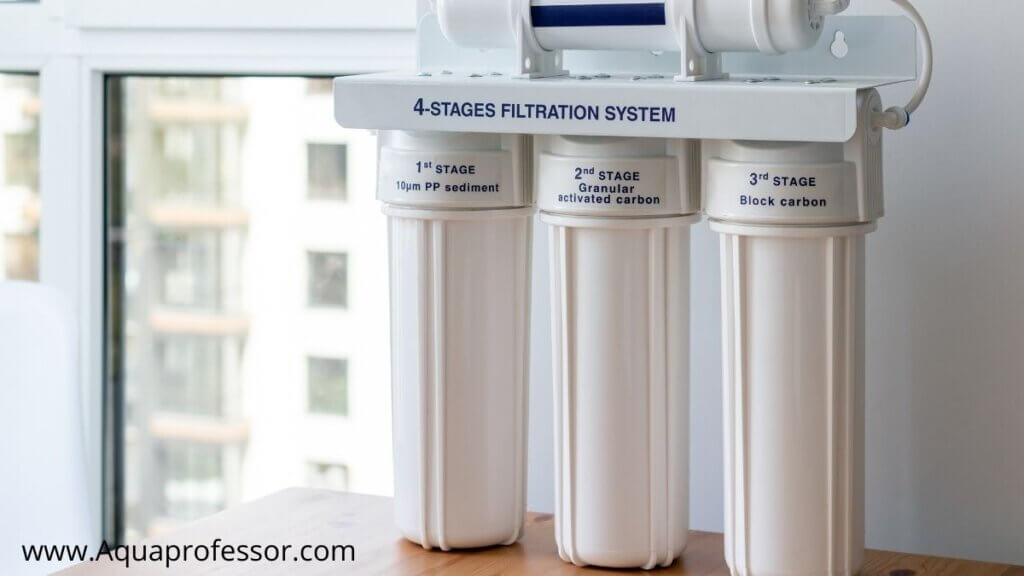
The water of Phoenix has a weird taste. Still, it doesn’t mean the water quality is bad. To get tasty water without any odor and contaminants, the residents of Arizona can choose to install a quality water filter in their houses. Many water filtration options are available in the market, and the residents can choose from the options given below:
| Type Of Filter | How Much Effective? | Cost Of The Filter | The Contaminants Or Foreign Substances It Can Treat | Availability |
| Refrigerator Filter | Effective | $30 (while purchasing); The replacement cost is $60 per year | Lead, chlorine, and Volatile Organic Compounds | Easily available (both online and offline) |
| Faucet Filter | Much effective | It varies according to the brands and quality | Bacteria and heavy metals (example, lead) | Easily available (both online and offline) |
| Alkaline Ionization filters | Effective | It varies according to the brands and quality | Bacteria | Easily available (both online and offline) |
| Water Conditioner (to solve mild water hardness) | Moderately effective | $300 to $6000 | Some of the minerals and contaminants (not all) | Easily available (both online and offline) |
Refrigerator Filter:
It’s a simple carbon-based filter that purifies the drinking water dispelled from a refrigerator. They have NSF 42 certification and can eliminate lead, chlorine, and Volatile Organic Compounds from your drinking water. It also eliminates the bad taste and smell of water.
A refrigerator filter costs approximately 30 dollars. It has to be replaced every 6 months, and the replacement cost would be nearly 60 dollars per year.
Faucet Filter:
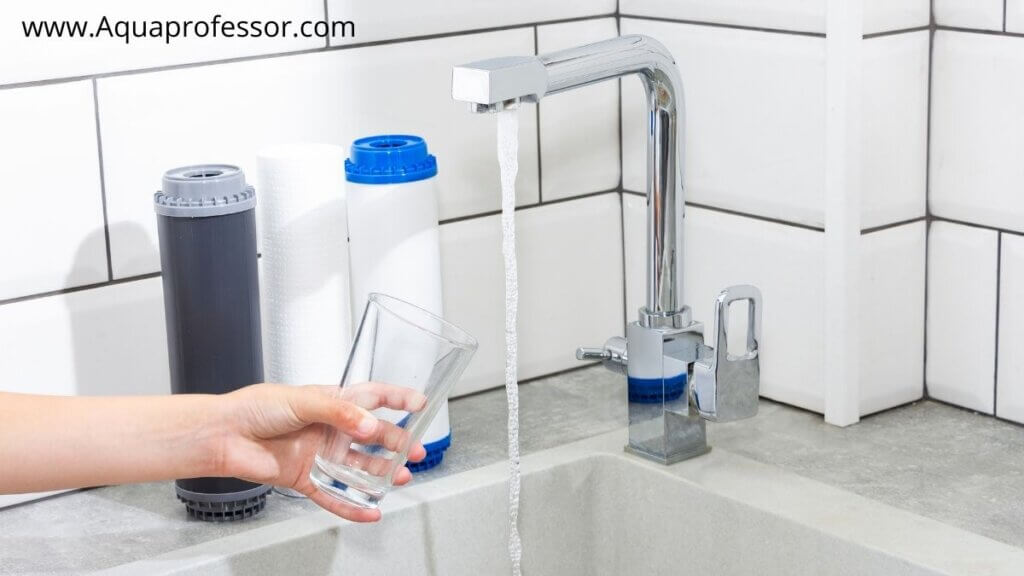
These filters are good for removing elevated levels of contaminants in your tap water. The contaminants in drinking water include bacteria and heavy metals (e.g., lead). The filters encourage hydration and conserve the environment from plastic. Faucet filters are connected to the mouth of your faucets.
Alkaline Ionization Filters:
These water filters are antibacterial and make your drinking water free from bacteria. They make the water alkaline, thus making your blood gush more efficiently than before by neutralizing your body’s acid content. With these filters, your body will get increased oxygen.
Alkaline ionization filters cleanse your colon and support your immune system. It also has hydrating, anti-aging, and detoxifying properties and helps weight loss.
Water Conditioner (To Solve Mild Water Hardness):
It’s a device similar to a water softener (salt-free). It transforms how contaminants or minerals interact with one’s plumbing and central heating appliances (like water heaters) without discarding the good minerals. A water conditioner protects one’s money on water heating expenditures. This device costs between 300 dollars to 6000 dollars.
Is Phoenix Water Safe to Drink: FAQs
Will Phoenix ever run out of water?
No, Phoenix will never run out of water, as the city is working hard to prevent water shortages by installing drought pipelines. It is also focusing on many other projects for conserving water as well. The city has planned its water supply (for the future) for fifty to a hundred years.
In fact, Phoenix authorities don’t even mandate its residents to save water.
What is Arizona’s main water source?
The main source of water in Arizona is surface water. This surface water originates from snow in Phoenix’s north and east mountains. With the snow melting, the water flows into the Colorado rivers, Salt river, and Verde river reservoirs and resides there. When needed, this stored water will be released in the future to Phoenix’s water treatment plants.
Is there lead in Phoenix water?
Though the records indicate that there are lead service lines in Phoenix’s water service region, it is a definitive protocol to wipe out the lead service lines whenever the Phoenix Water Duties Employees discover them.
Does Phoenix tap water contain PFAS?
In Phoenix, testing PFAS in tap water is presently not mandatory at a national level. However, a military bases’ list has suspected that there are some confirmed leaks of PFAS in the Phoenix’s tap water.
Does Phoenix have underground water?
Phoenix has sufficient underground water reserves but uses a minor portion of that water to meet customers’ regular water needs. In addition, the residents of Phoenix are conserving the underground water for the future in case their water supplies from the rivers of Verde, Colorado, and Salt are decreased because of long-term drought.
Sayan understands that access to clean water doesn’t have to be costly.
He strives to provide knowledge of water purification techniques in the simplest way possible so that we can lead a healthy life without breaking our bank.
